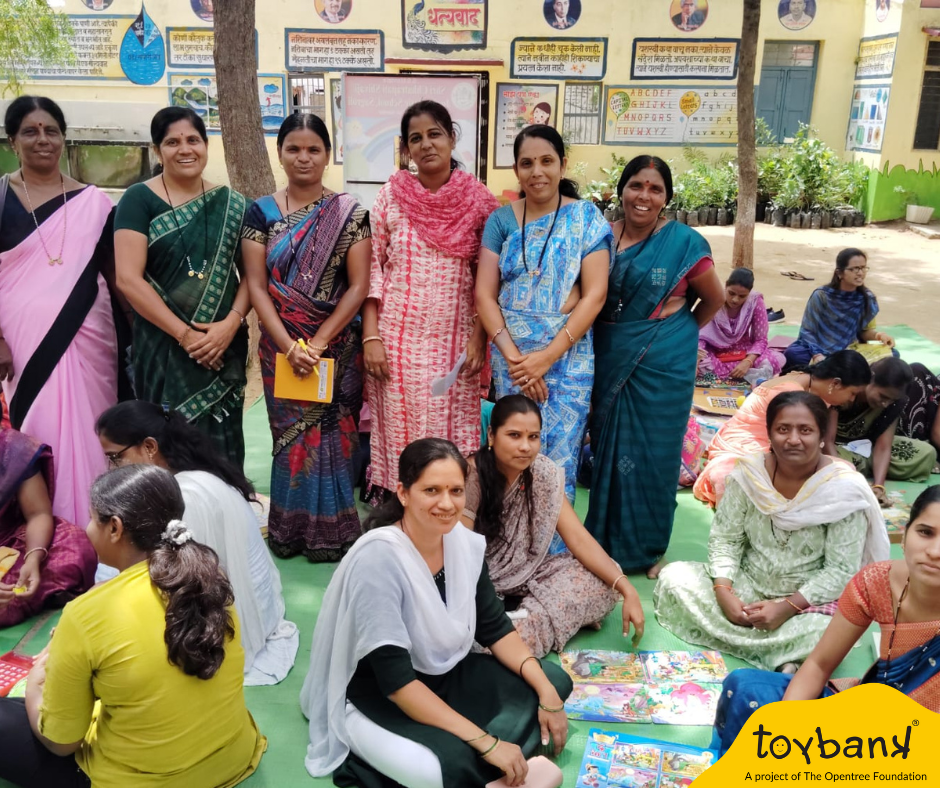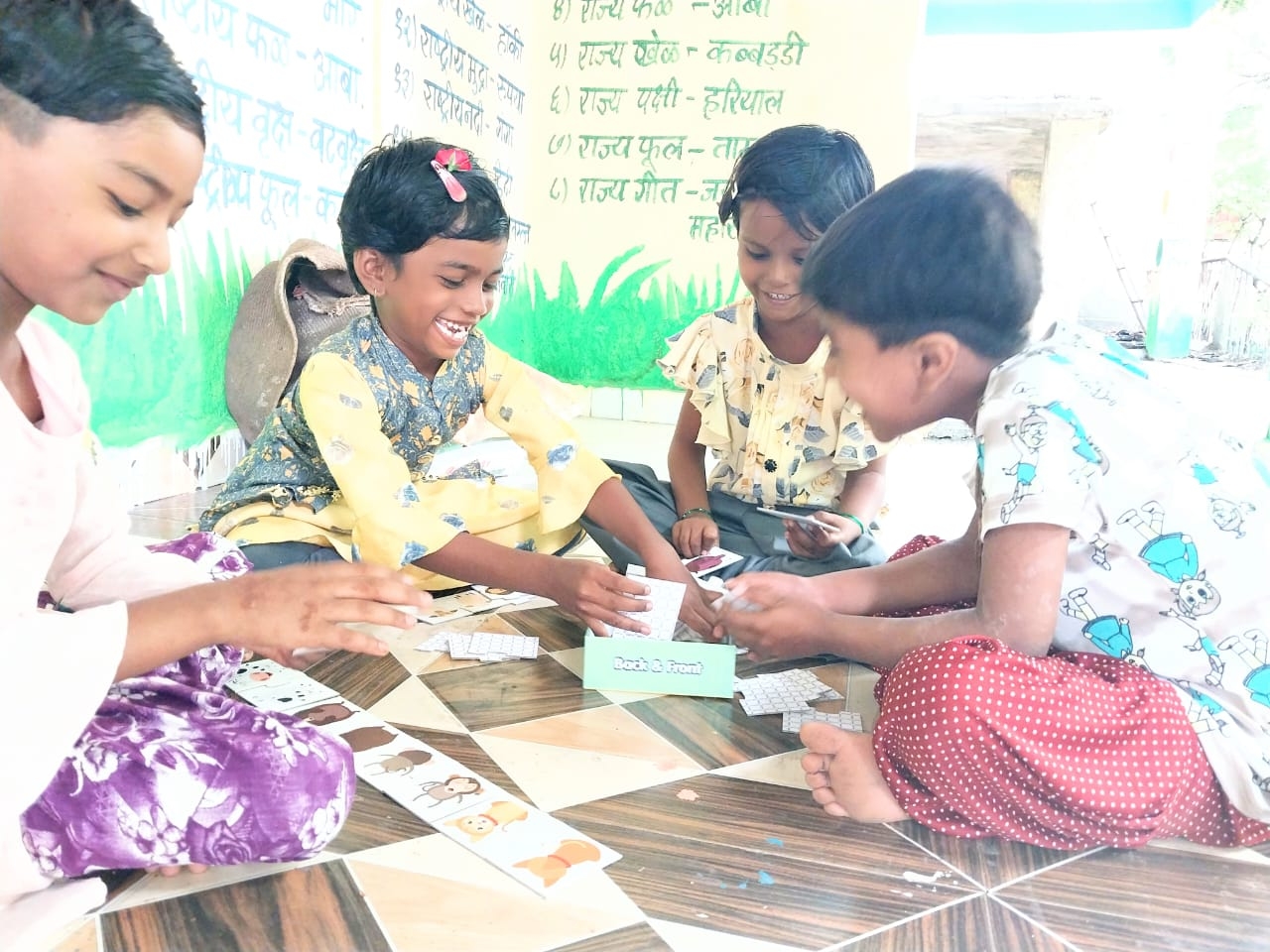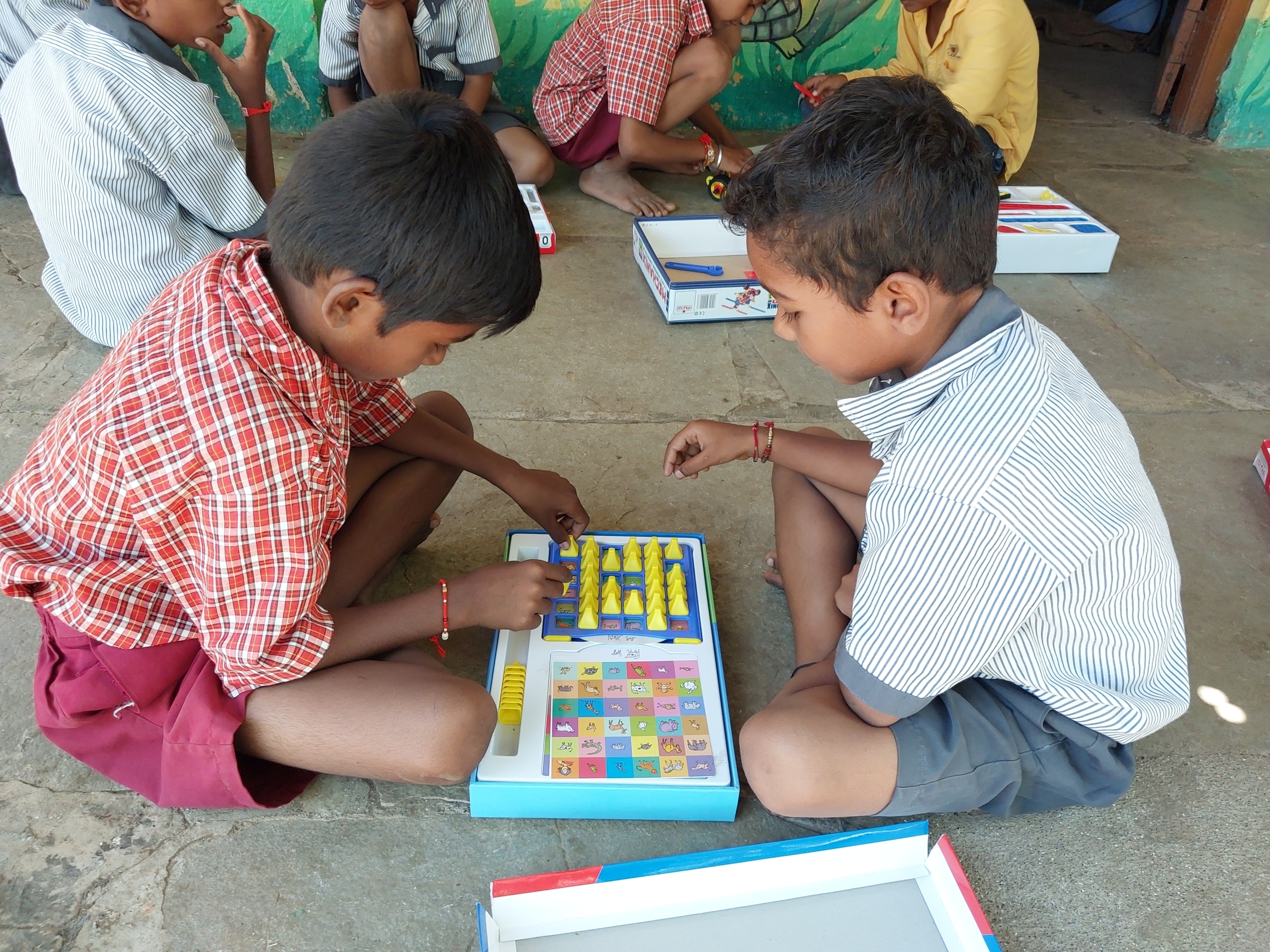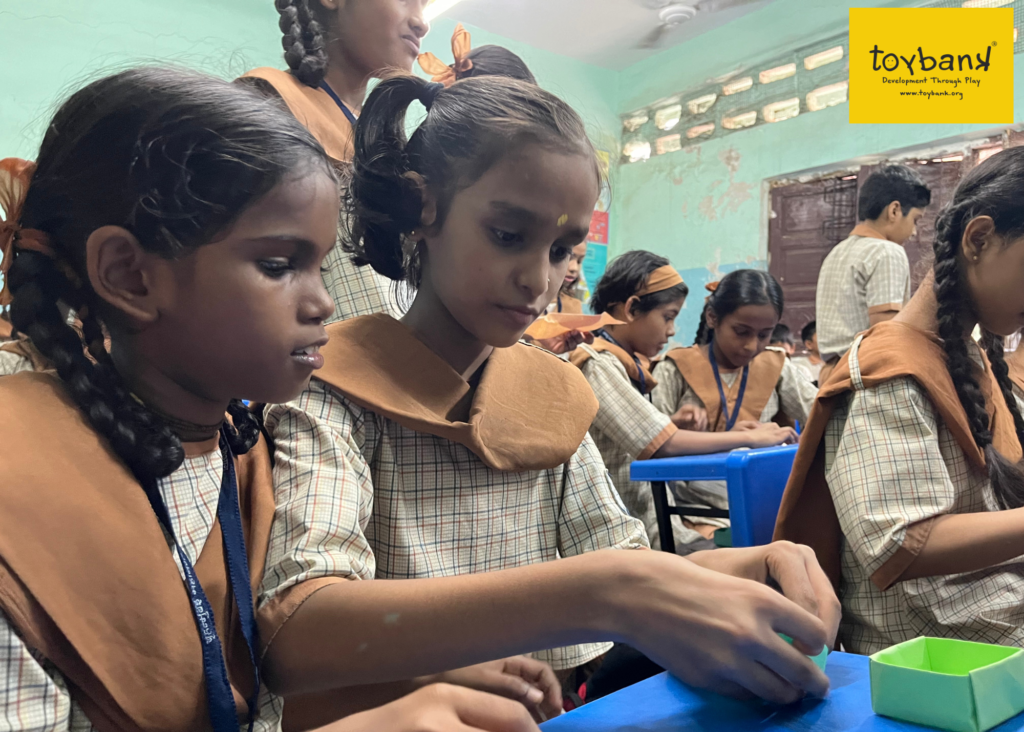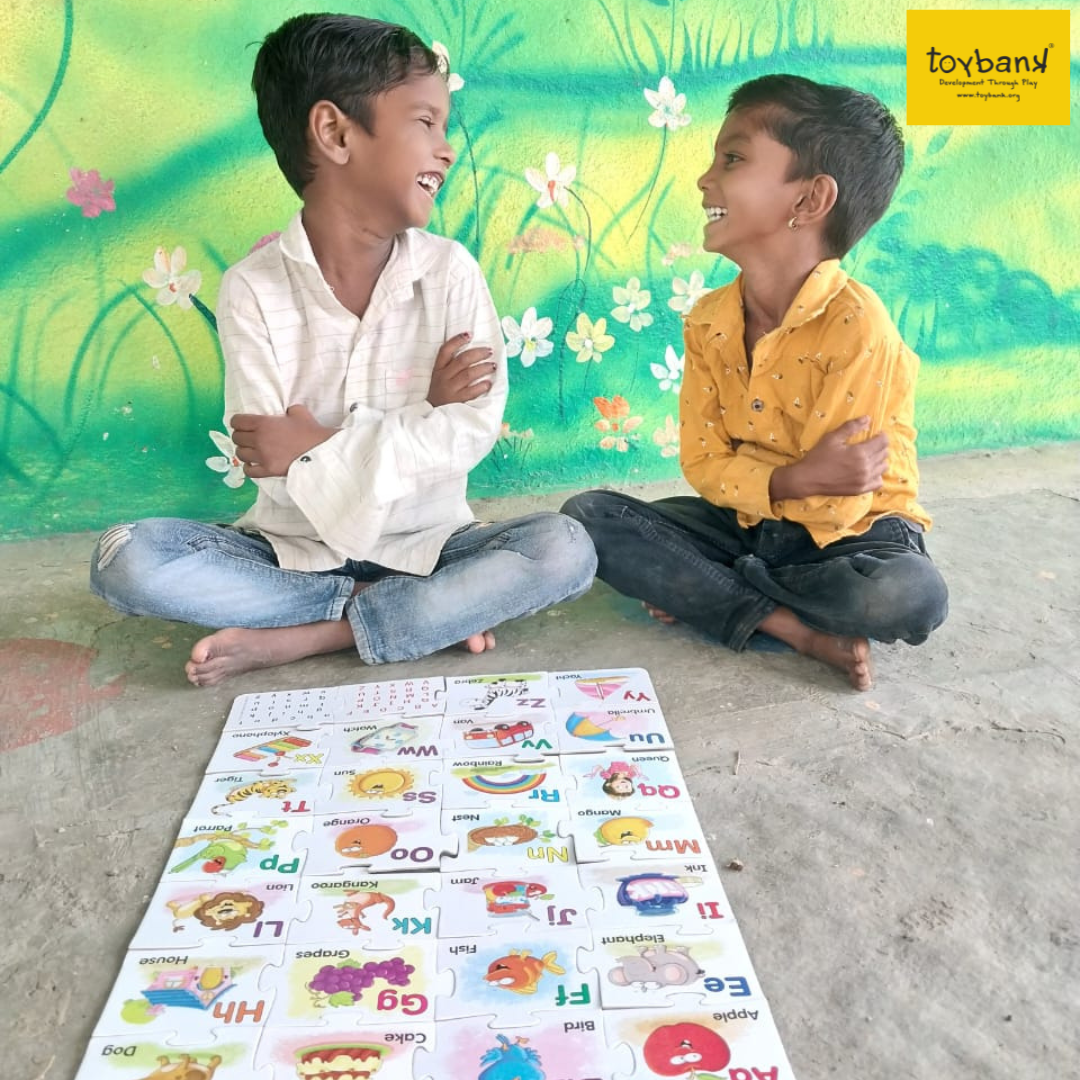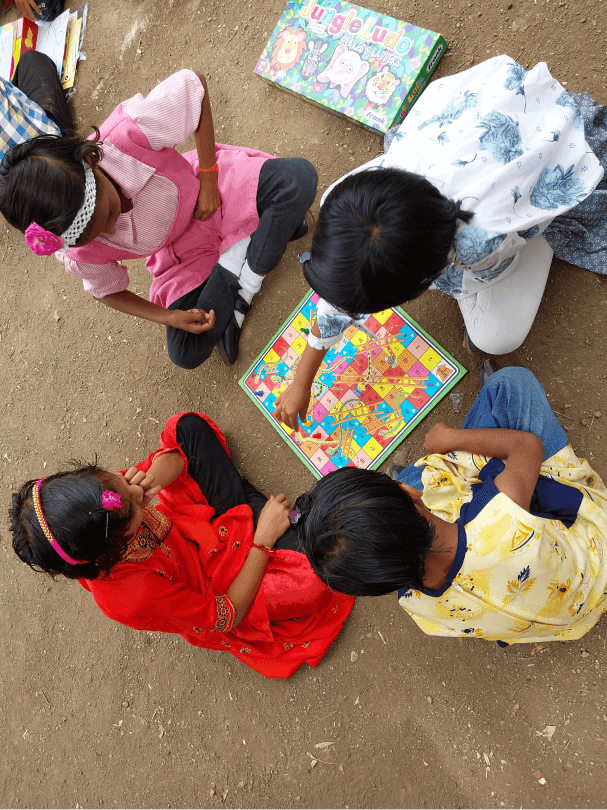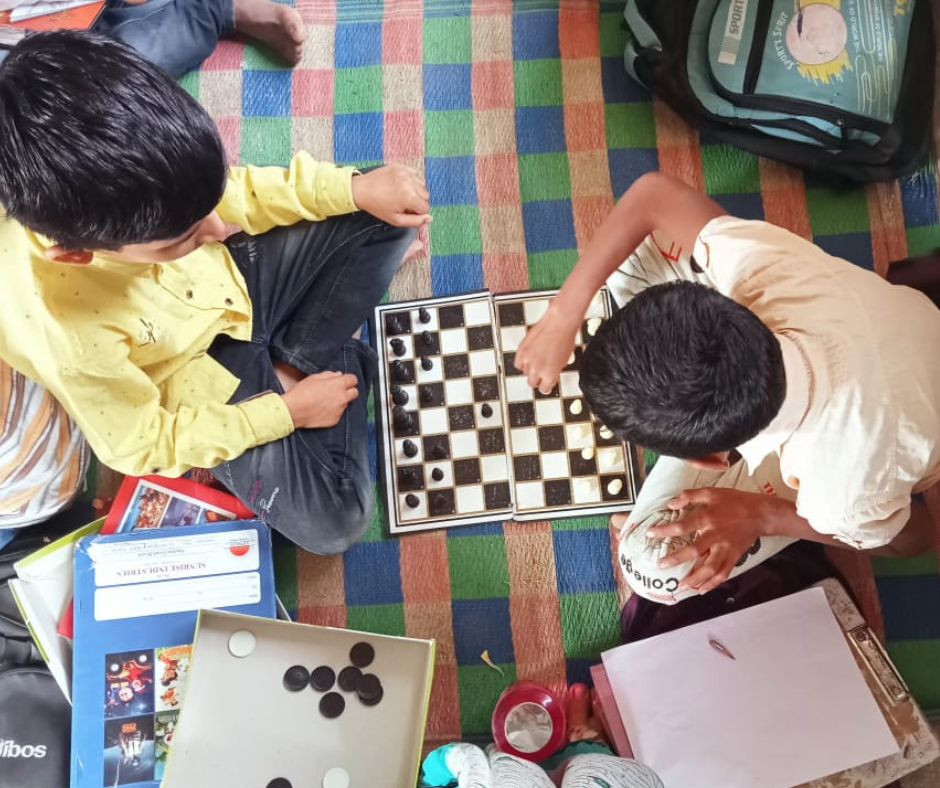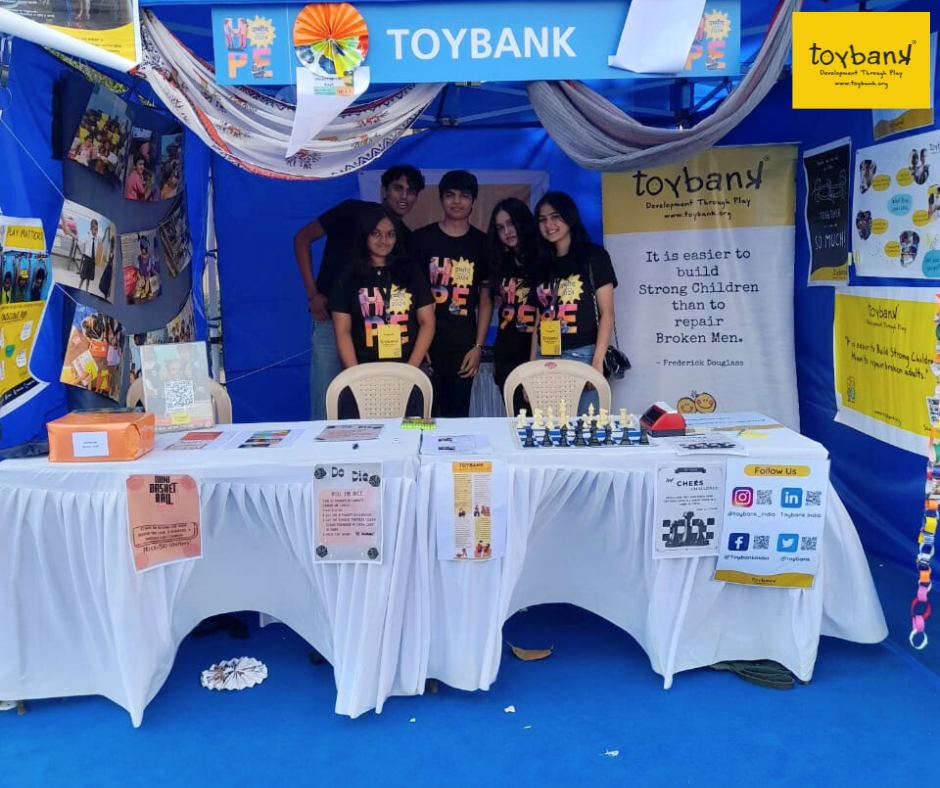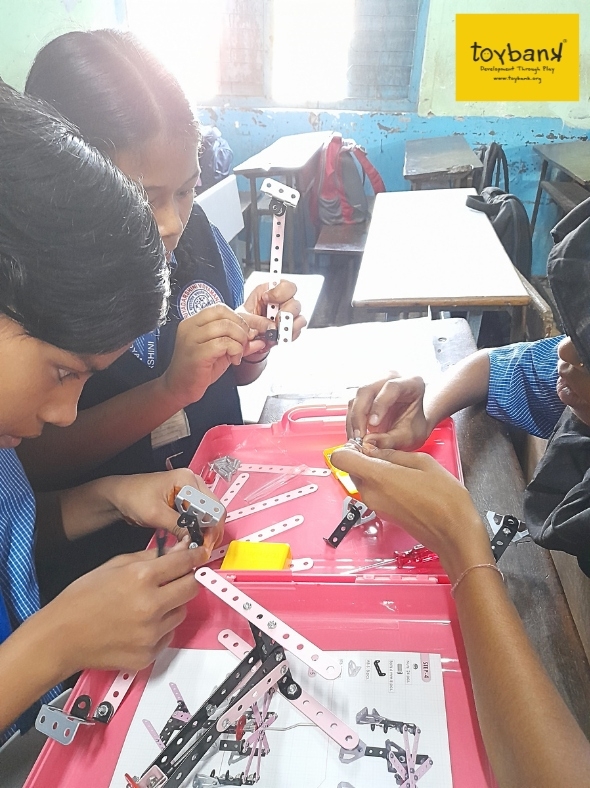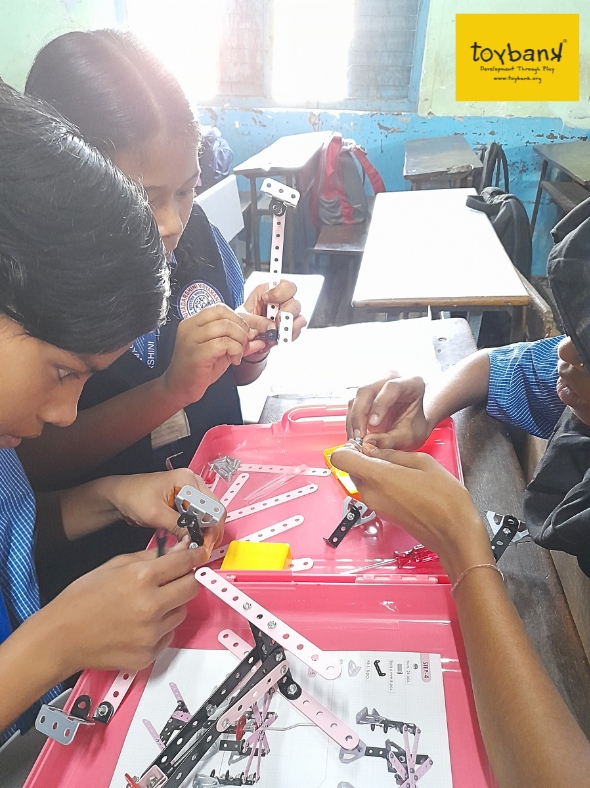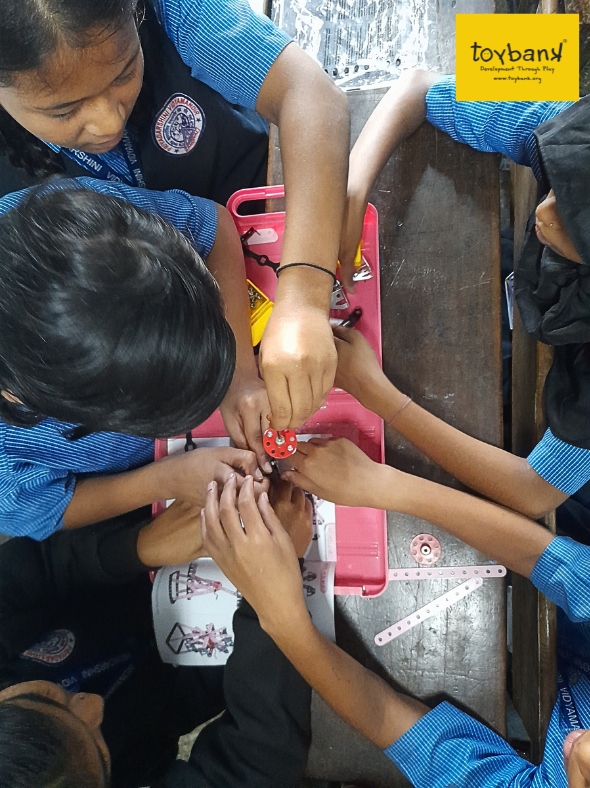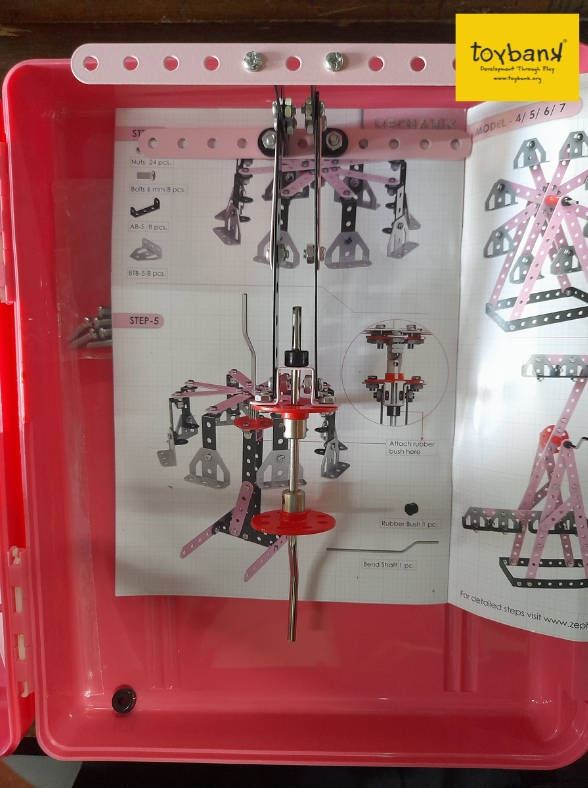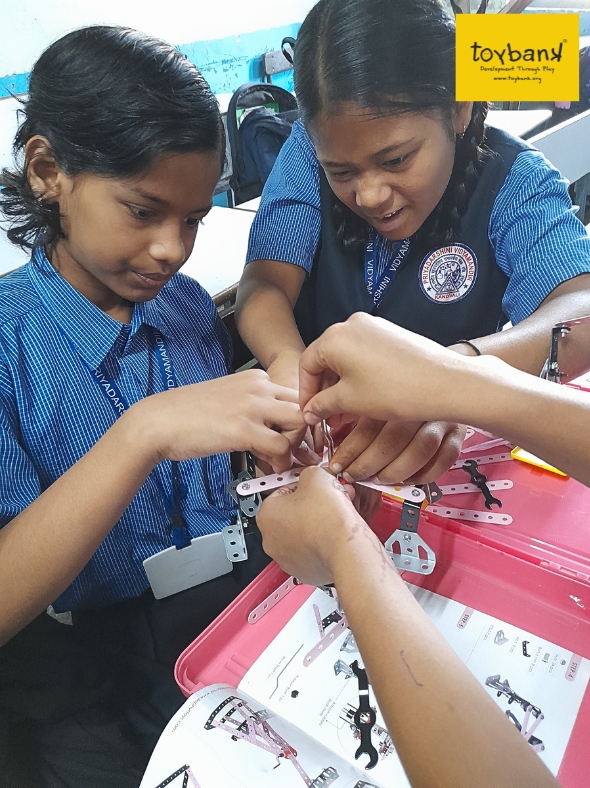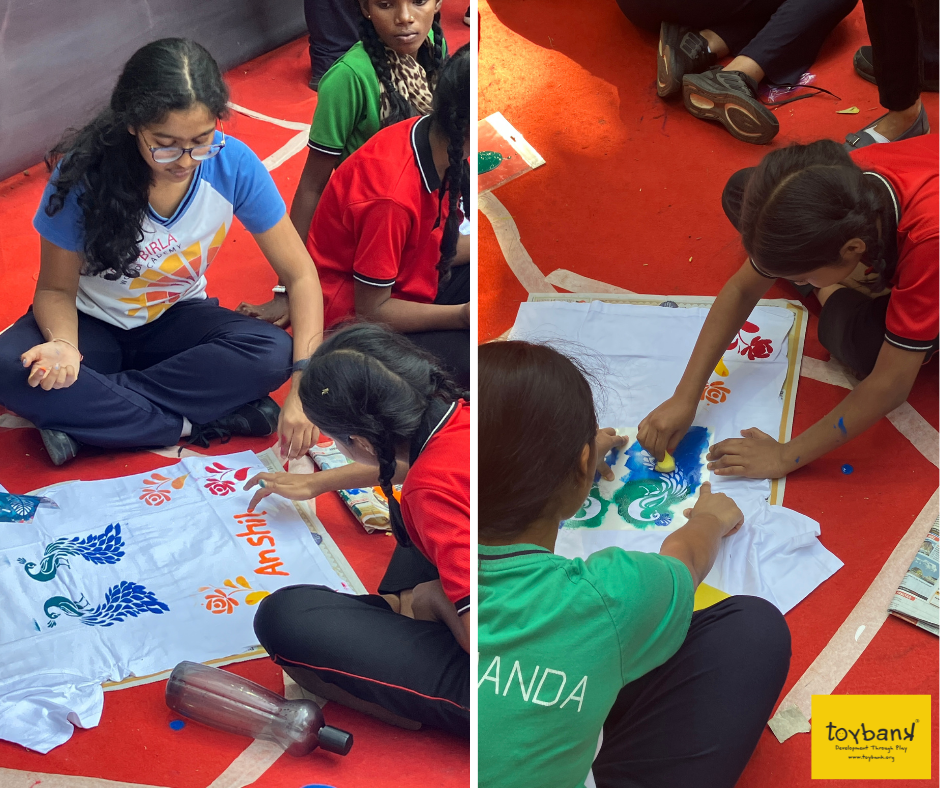Mothers, play and participation: A story from rural Maharashtra
This competition was a reminder to not let play disappear from our lives.
Parents play a pivotal role in children’s development. Yet, not many parents have the leisure of playing, in particular Mothers, given the burden of domestic responsibilities and gendered social norms.
However, play is and should be for everyone. From improving parent-child and teacher-student bonds, creating fear-free, safe spaces for conversation to bringing respite from the stress of everyday life, there are endless benefits of play for adults and children. Earlier in March, the United Nations declared June 11 as the International Day of Play in efforts to preserve, promote, and prioritise play so that all people, especially children, can reap the rewards and thrive to their full potential.
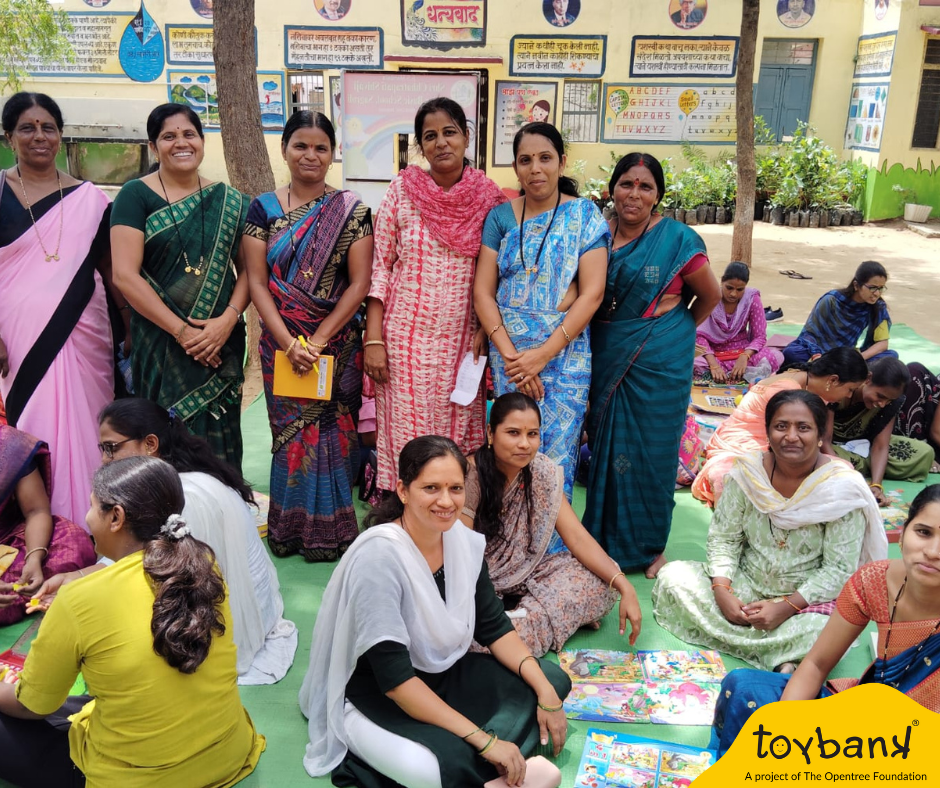
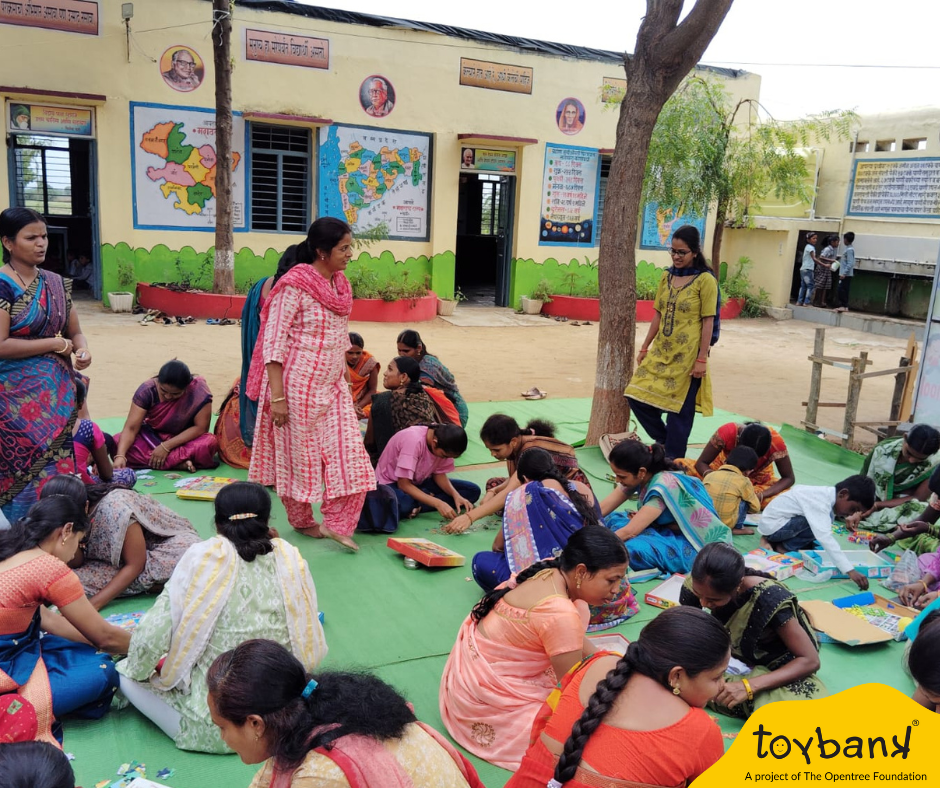
To celebrate this, on June 20, a school in Sagroli village, near Maharashtra’s Nanded district decided to use play to create a safe, joyful and empowering space for Mothers, who are often hesitant to participate in parent-teacher meetings. The teachers of the primary school invited their students’ mothers to a day of play.
The Opentree Foundation’s flagship project, Toybank – Development through Play, has had a play centre at this school for years, as part of our long-standing partnership with the Sanskriti Samvardhan Mandal (SSM), an organisation dedicated to the holistic development of rural communities through impactful interventions in Education, Skill & Livelihood, Agriculture, and Environmental Conservation.
The school organised a competition for Mothers using some of the games from Toybank’s play programmes. While some Mothers enjoyed competing with one another to see who would complete the puzzles first, the others used their creativity and imagination to build different things using blocks. There was a sense of excitement, curiosity, joy and community, as these mothers played with child-like excitement, participated with enthusiasm, and for a few hours, forgot about chores and responsibilities.
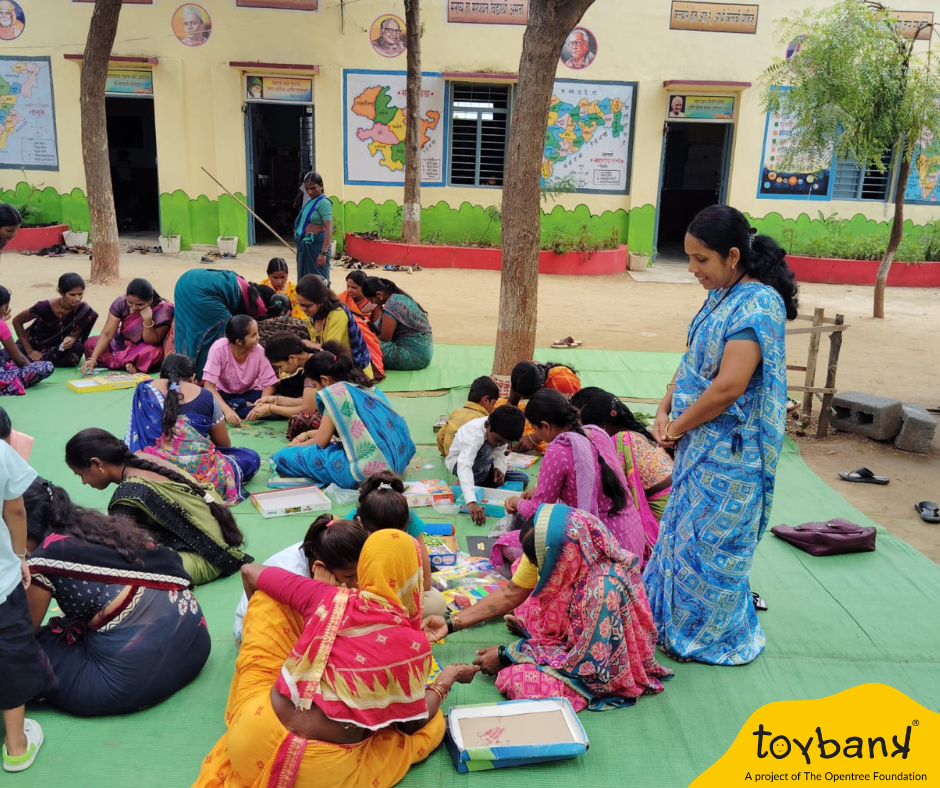
The day ended with all Mothers receiving a sapling as a prize for their enthusiasm and participation, and a request to the school’s parent-teacher committee to organise such play sessions regularly, for both mothers and fathers. As one of the parents put it, “this competition was a reminder to not let play disappear from our lives”, which truly underscores just how important play is in this world, for both adults and children.
Experiences like these are a powerful testimony to the transformative Power of Play. When educators and parents are empowered with play, they use it to make this world a better place for themselves, and for children, something we have strived to do for the past 20 years.









